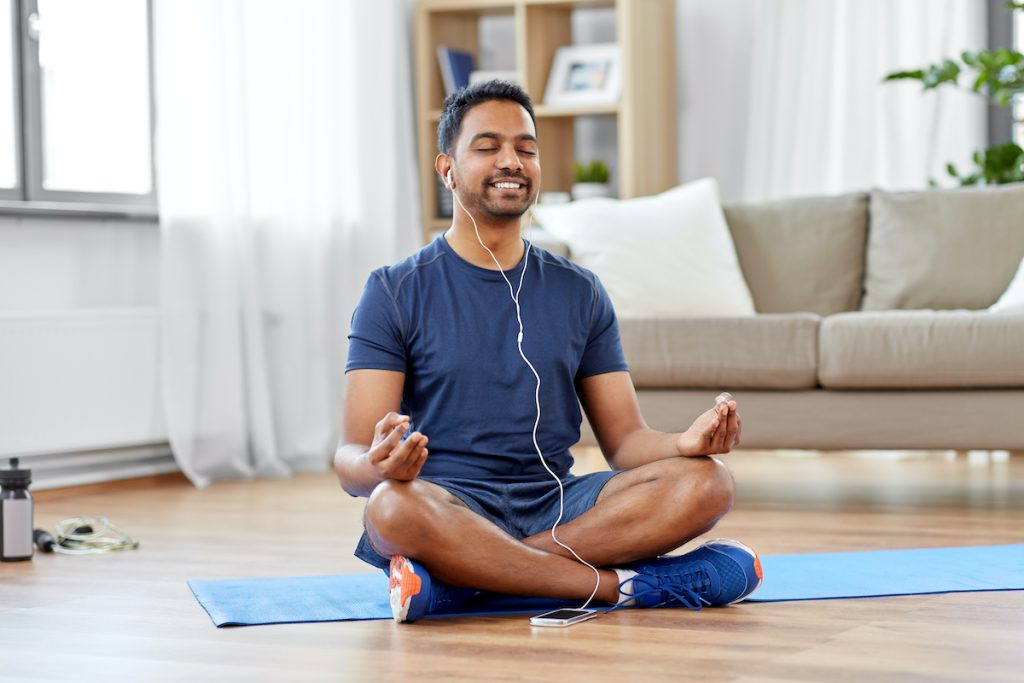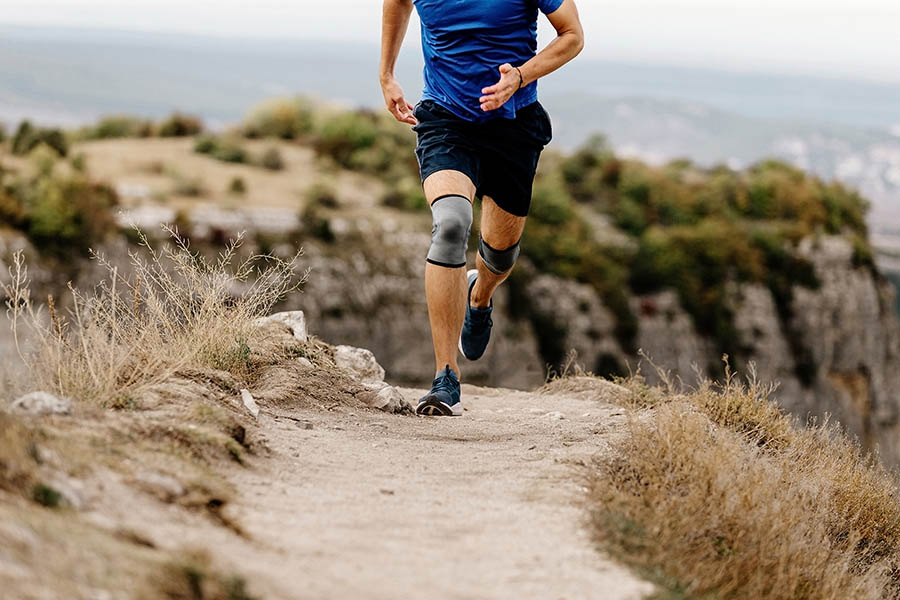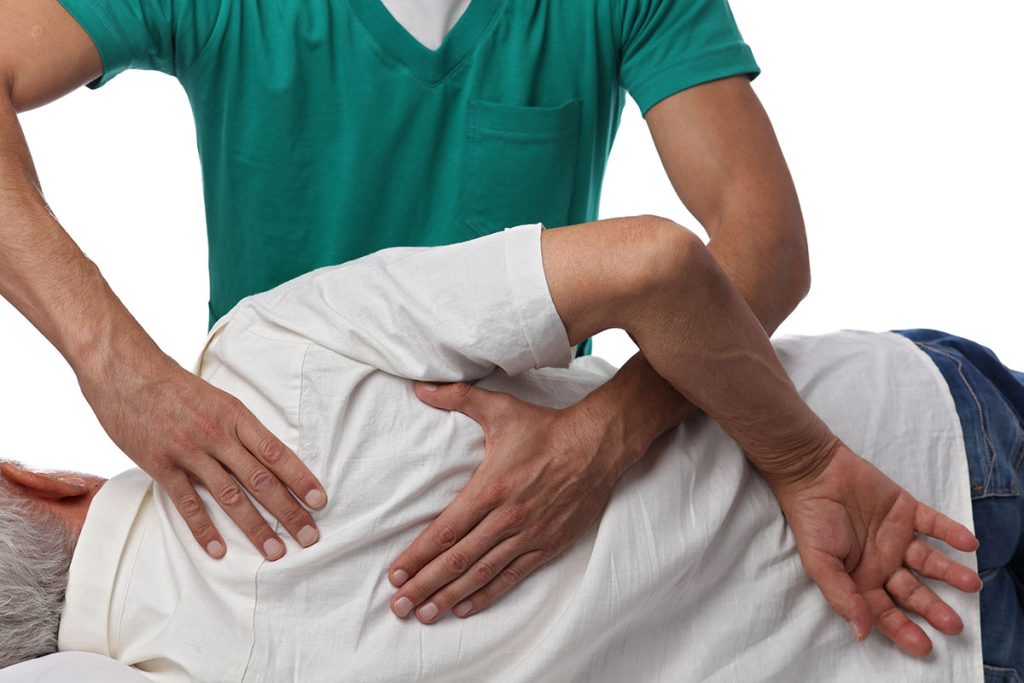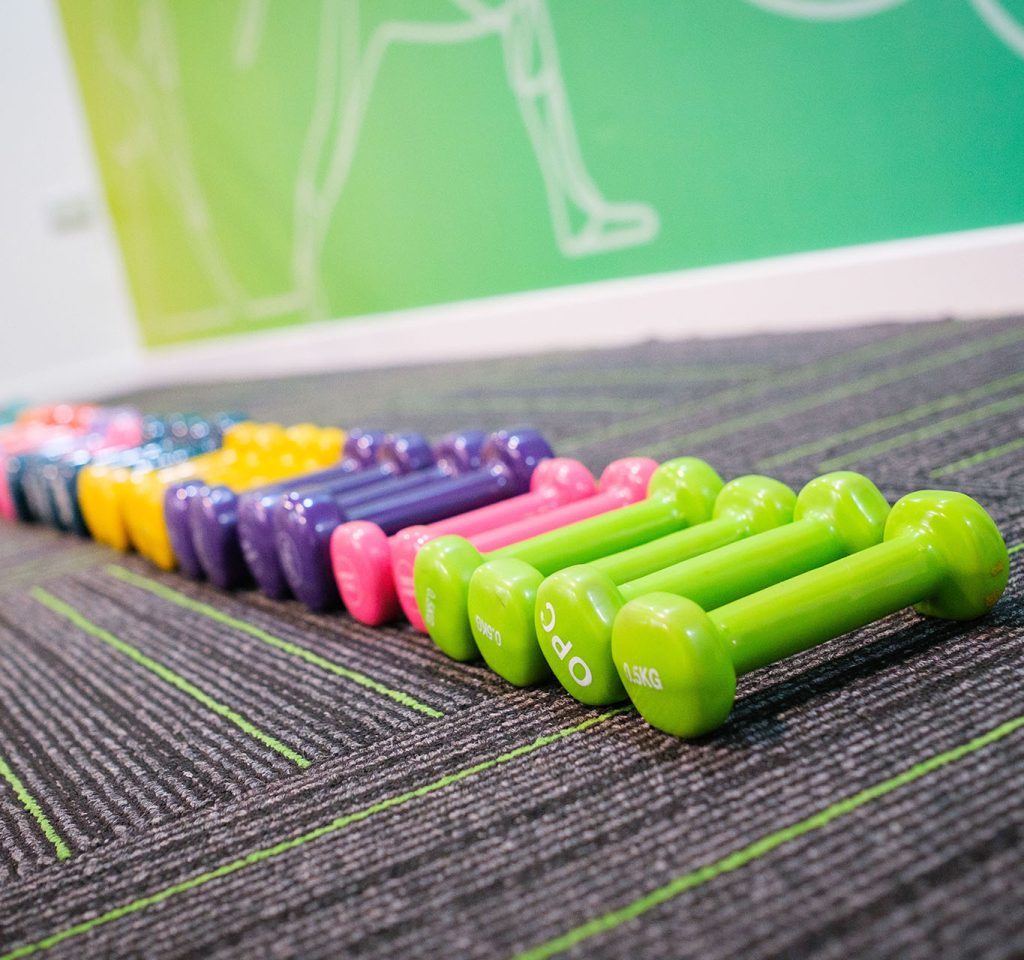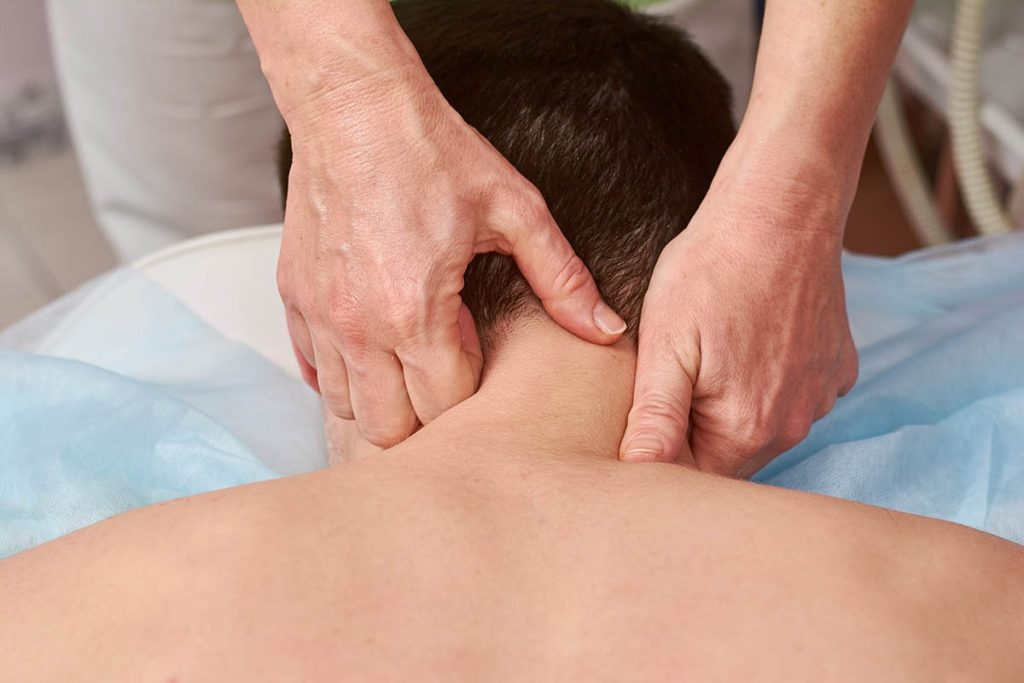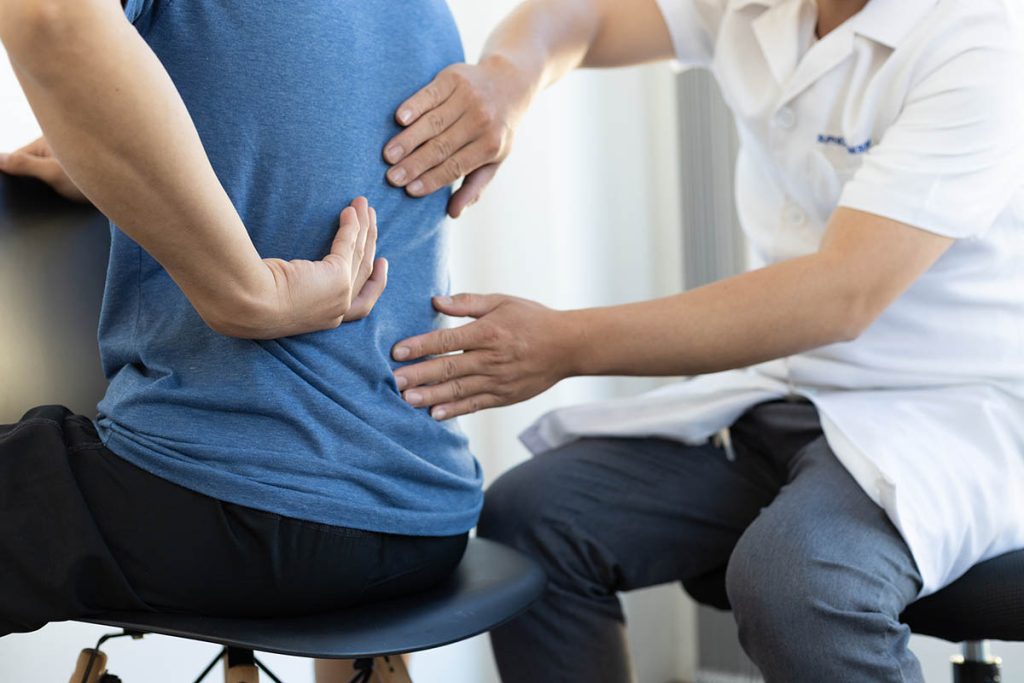What is Osteitis Pubis?
Osteitis Pubis is a poorly understood condition that involves an inflammatory cascade and consequent pain at the pubic bone, pubic symphysis and surrounding structures. It can be the product of repetitious sporting activities or a complication of invasive surgical procedures at the pelvis.
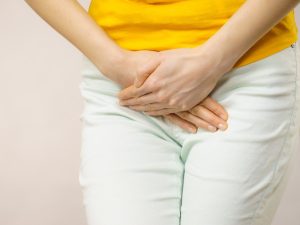
What causes it?
The causes of Osteitis Pubis are multifactorial. Abnormal shearing forces across the pubic symphysis due to muscle imbalances, coupled with repetitive aggravating movements under load cause microtrauma. This results in inflammation and tissue hardening (sclerosis) at the pubic symphysis, along with bony changes.
Preceding factors that can give rise to Osteitis Pubis include:
- Overload / Training Overload
- Repetitious exercise on uneven ground or hard surfaces, e.g. concrete
- Rapid increases in exercise load and intensity
- Returning to exercise after a lengthy period of inactivity
- Exercise in poor footwear
- Biomechanical
- Muscular imbalances
- Leg length discrepancies
- Poor walking or running technique
- Suboptimal biomechanics of the lower limb and foot
- Poor flexibility
Common symptoms of Osteitis Pubis:
The presenting symptoms of Osteitis Pubis could be the same for almost any complaint of the groin or lower abdomen pain and may present at any point from 1-8 weeks following the aggravating event. Symptoms may include:
- Localised pain in the groin, with referral outward
- Inner thigh or low abdominal pain that localises in the pubic area on one side
- Pain that worsens with significant activity e.g. running, kicking, change of direction, laying on one side, even toileting
- Pain with walking, climbing stairs, coughing
- Clicking or popping sensation on rising from sitting, turning in bed, walking on uneven ground
- Difficulty performing basic ambulation
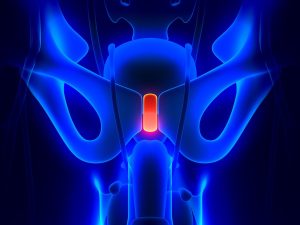
How long does it take to recover?
Osteitis Pubis can be a frustrating condition for both the patient and the therapist and patient education on the condition is very important. The condition is usually self-limited and tends to resolve within 6-12 months of graduated treatment.
Rates of residual pain after resolution of the condition are as high as 25%, however, such symptoms often require no modification of activities. A person who is compliant with their prescribed exercise and flexibility program will return to full activity faster than those who are not so enthusiastic.
Treatment options.
The treatment goals for Osteitis Pubis are to reduce the symptoms of pain and to identify and correct any biomechanical issues that may have led to the onset of the condition. Restoration of flexibility around the pelvis and implementing methods to control pain and inflammation can be very helpful to reduce symptoms which will also contribute to improving biomechanical patterns with movement. The use of anti-inflammatories or oral corticosteroids is often helpful in easing the pain of the condition. In rare instances, surgery may be warranted, but this is usually only considered an option in the case that conservative treatment via medications and physiotherapy has been ineffective.
If you’ve been suffering from any of the symptoms of Osteitis Pubis, please give us a call and we’ll be able to provide the correct treatment option for you.




